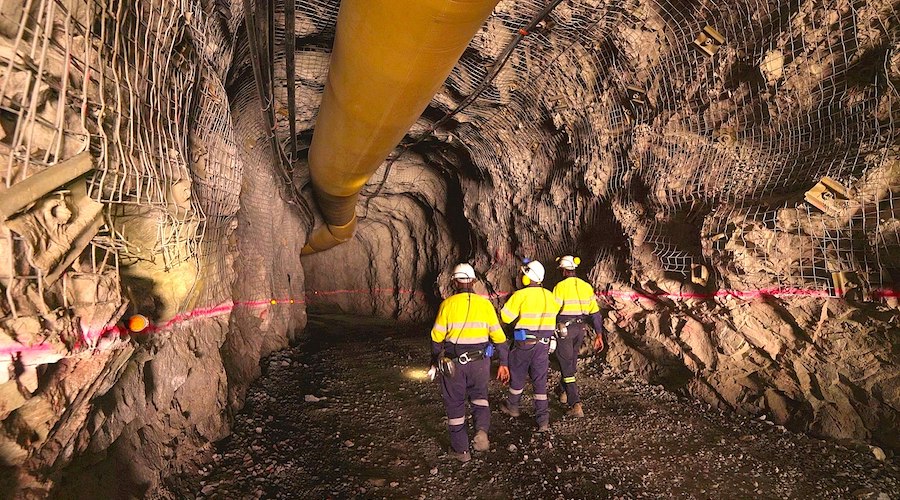RURAL NORTH AMERICA HAS NO BROAD BAND
New industrial WiFi system to bring 6G technologies to remote, underground minesMINING.COM Staff Writer | December 23, 2021

Underground mine. (Reference image by Shahir Chundra, Wikimedia Commons).
University of Sydney telecommunications researchers are developing an industrial long-range WiFi system that transmits signals to hard-to-reach places while maintaining high data rates.

The system is being created for mission-critical applications in underground mines that require remote monitoring of workers and control of sensitive mining equipment, with signals extending as far as several kilometres underground.
According to its developers, the solution could also be used in places such as airports, shopping centres, university campuses and large industrial or agricultural settings.
Ultra-low latency and high data rates are also among the qualities of the new system. These capabilities allow wireless signals to travel several kilometres while carrying heavy loads of data without dropping out or experiencing lag.
“Australia invented WiFi – and how terrific and transformative an invention it has been – except for the fact that it has been plagued by short-range and high latency, rendering it patchy and prone to dropping out. To deploy these systems in large areas such as underground mines is expensive, and often the signal quality is poor,” lead researcher Yonghui Li said in a media statement.
“Our system is the world’s first long-range high-rate WiFi system that is compatible with conventional WiFi and supports both mobile and multiple-access terminals.”
In Li’s view, the development is a cost-effective solution that opens up new possibilities for real-time surveillance, image and data transmission, all while guaranteeing low latency, which means it can be used for highly sensitive work.
In addition to improving existing connectivity issues, the solution integrated new protocols with off-the-shelf WiFi chips, so they could be used with existing WiFi infrastructure.
“Adaption of existing WiFi systems is central to our project as there are billions of dollars’ worth of WiFi infrastructure already deployed in underground mines around the world,” Li said.
The researcher pointed out that long-range, low-latency and high data rate WiFi networks will be a central facet of upcoming 6G technologies and the Internet of Things economy.
No comments:
Post a Comment